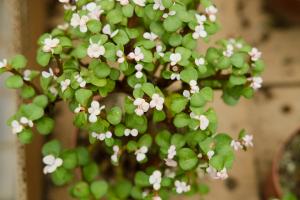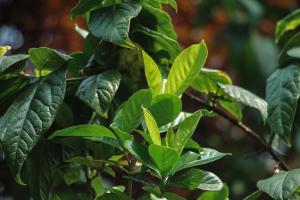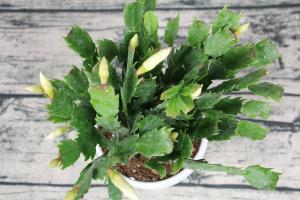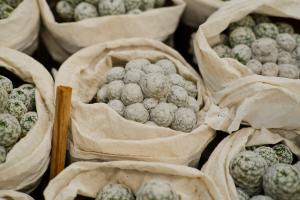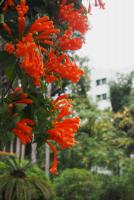1、 Soil
When potting and maintaining orchids, we should choose acidic soil, which will affect the growth of alkaline soil. Before planting, it's best to test with pH paper to ensure the pH. when preparing, it's OK to mix garden soil and rotten leaf soil

2、 Temperature
It likes a slightly warm and cool environment. It likes neither high temperature nor low temperature. The best temperature is between 15 ℃ and 25 ℃. Pay attention to cooling and spray more water in summer. Keep the temperature above zero in winter, preferably between 3 and 8 degrees
3、 Watering
Watering should change the amount of water according to different growth stages. Replenish water frequently in the peak growth season, but pay attention not to ponding. If the soil is slightly wet in winter, pay attention to it. If it is already dry, replenish water appropriately when the weather is sunny
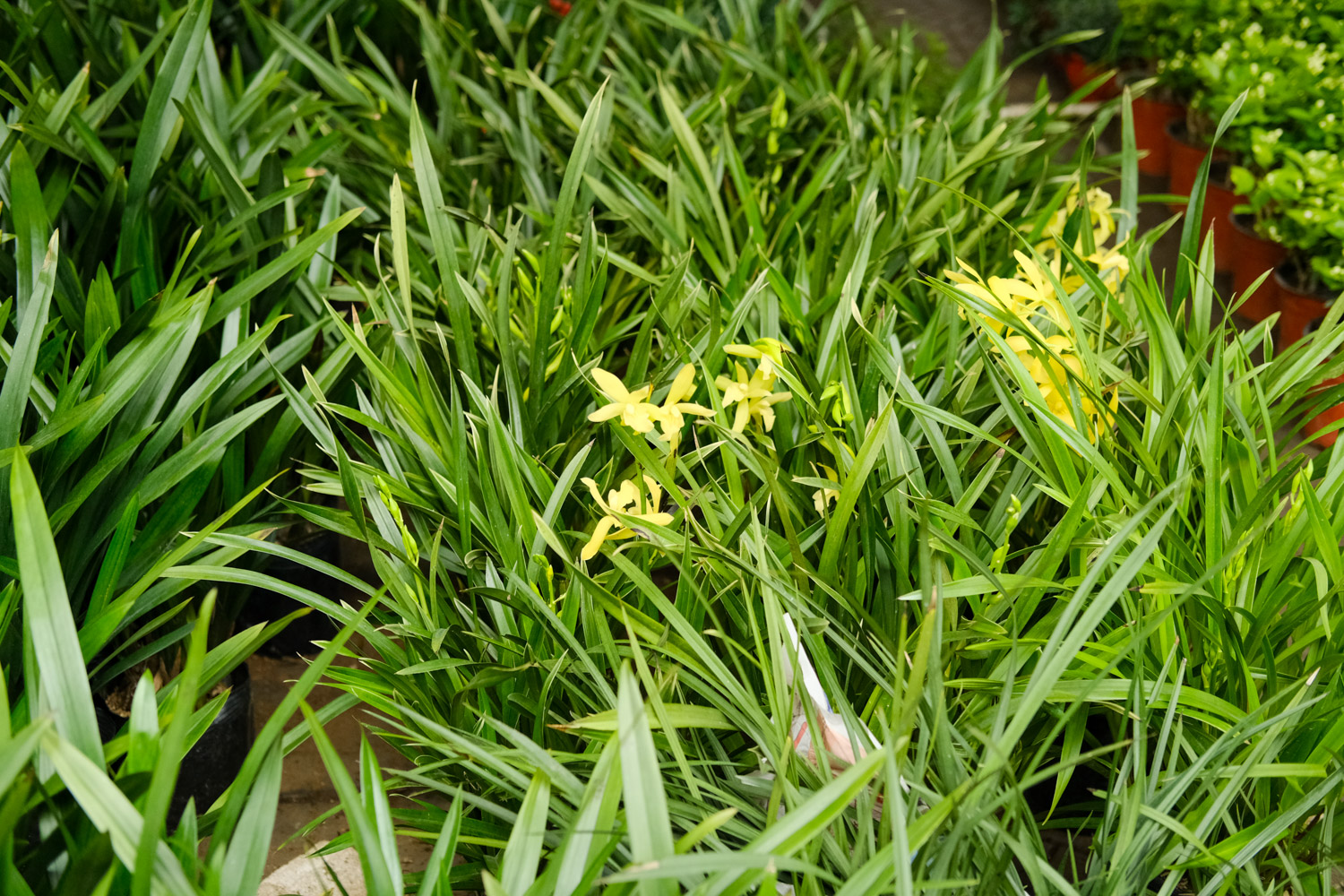
4、 Illumination
It is shade resistant and afraid of direct light, especially in summer. It must be shaded to avoid sunburn. At ordinary times, it is OK to maintain in the place with scattered light, and try not to let it receive direct light
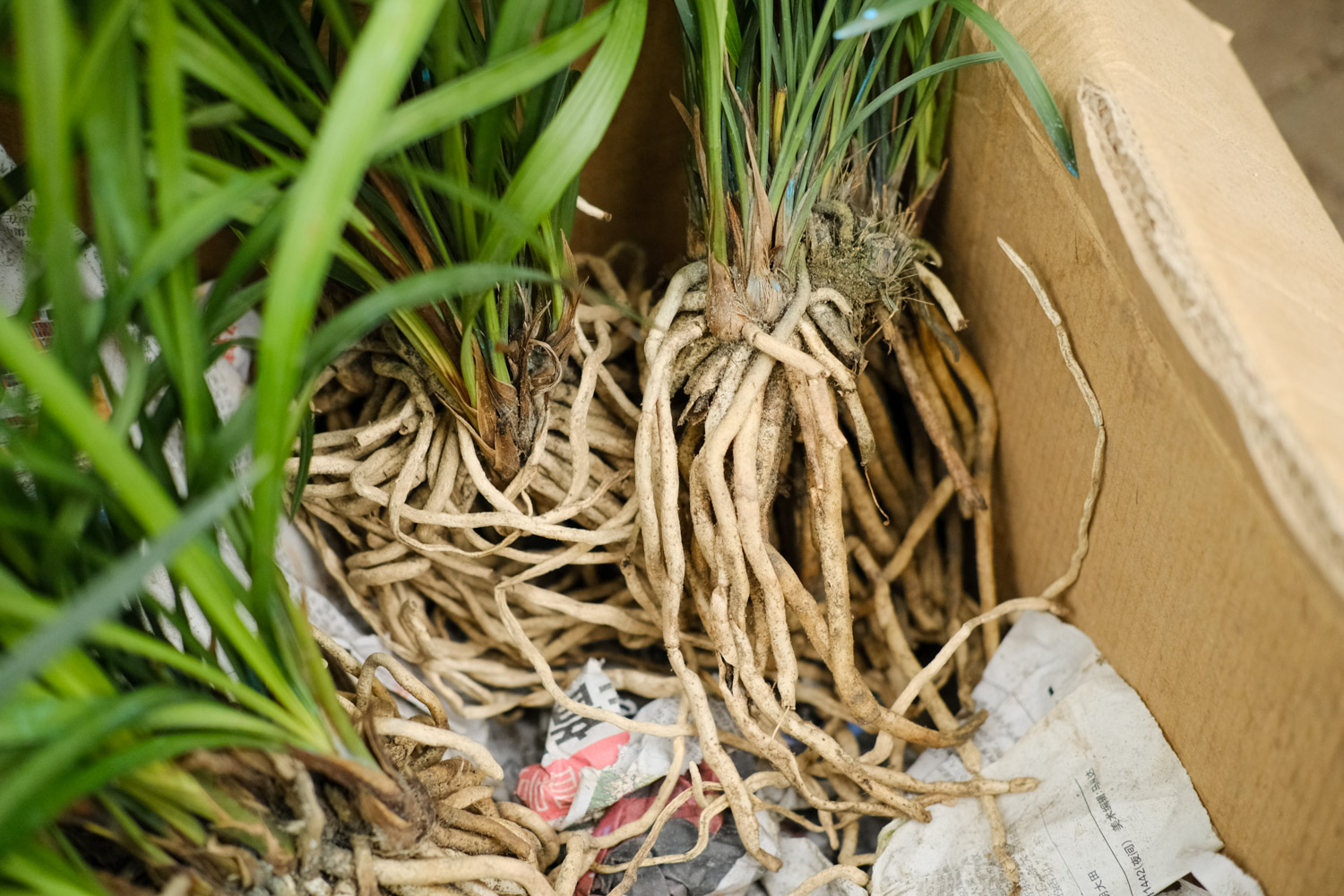
5、 Fertilization
Orchids cannot grow without fertilizer. They should be rotten before fertilization. Special fertilizer or organic fertilizer can also be used. Pay attention to low concentration. Fertilize a small amount of fertilizer for many times to avoid burning the root system. In addition, be careful not to splash on the blade

 how many times do yo...
how many times do yo... how many planted tre...
how many planted tre... how many pine trees ...
how many pine trees ... how many pecan trees...
how many pecan trees... how many plants comp...
how many plants comp... how many plants can ...
how many plants can ... how many plants and ...
how many plants and ... how many pepper plan...
how many pepper plan...